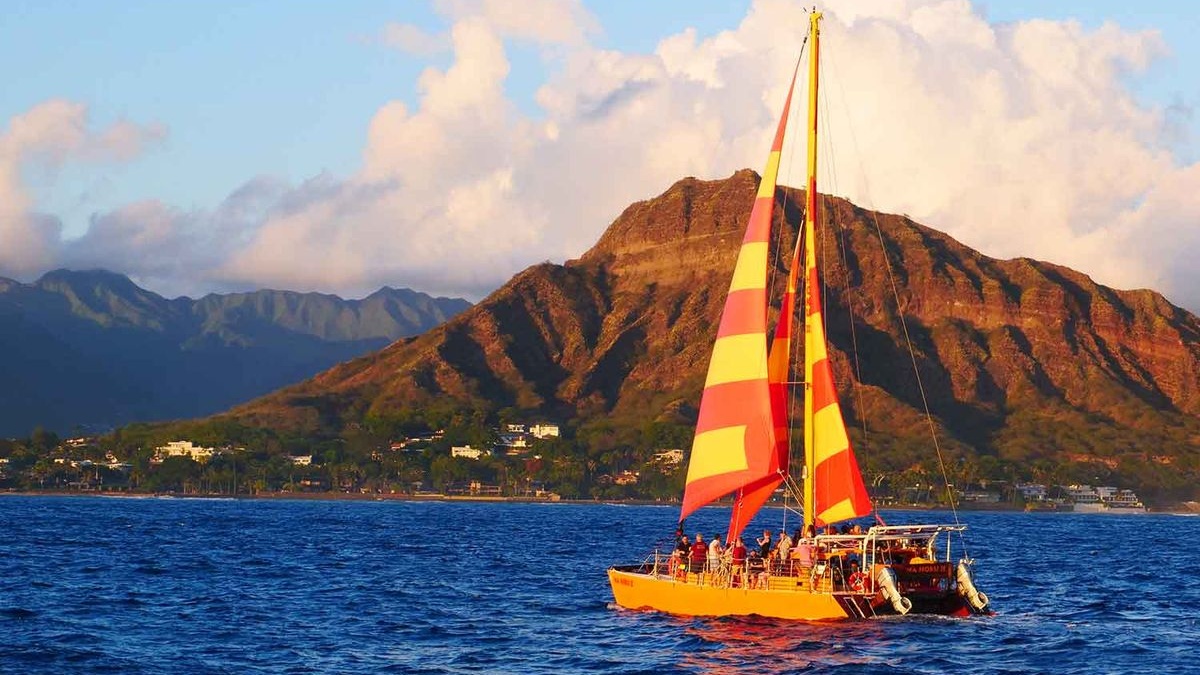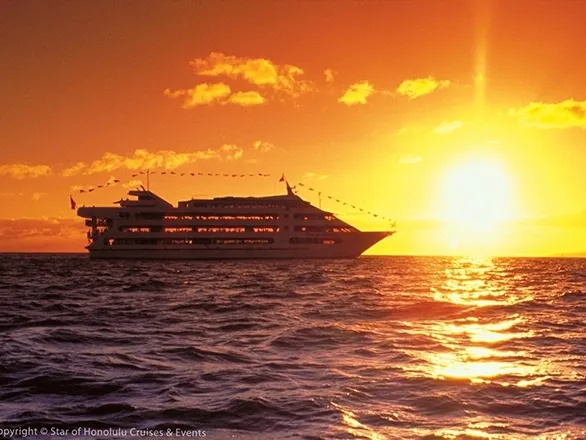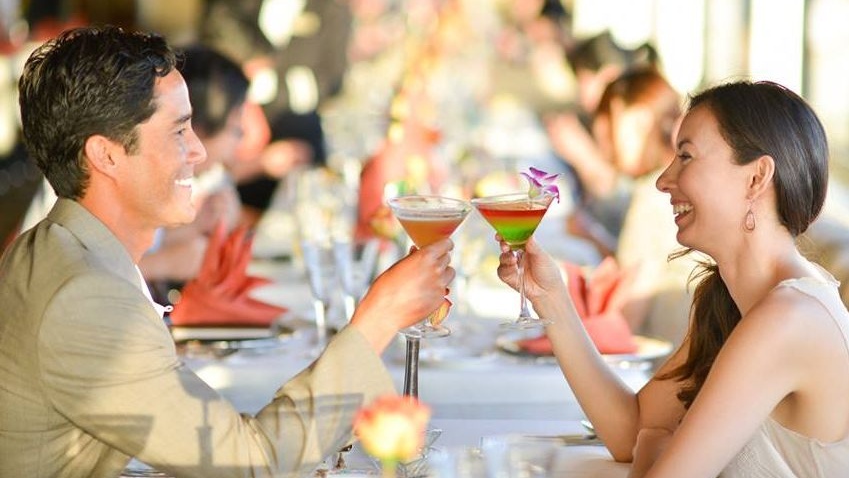A voyage through the Hawaiian Islands isn’t complete without immersing yourself in the rhythmic melodies of traditional Hawaiian music and the graceful storytelling of hula. Whether you’re on a sunset cruise, a dinner sail, or a cultural excursion, live performances onboard offer more than just entertainment—they provide a deep connection to Hawaiʻi’s rich heritage.
The Soundtrack of the Islands
As your vessel glides across the Pacific, you might hear the soothing strum of the ʻukulele, the resonant tones of the slack-key guitar, or the melodic slide of the steel guitar. These instruments are integral to Hawaiian music, each contributing to the unique soundscape of the islands. Traditional Hawaiian music often features poetic lyrics that speak of love, nature, and the profound connection to the land. Songs honor the mountains, oceans, and cherished ancestors, with melodies designed to evoke the serene rhythms of island life.
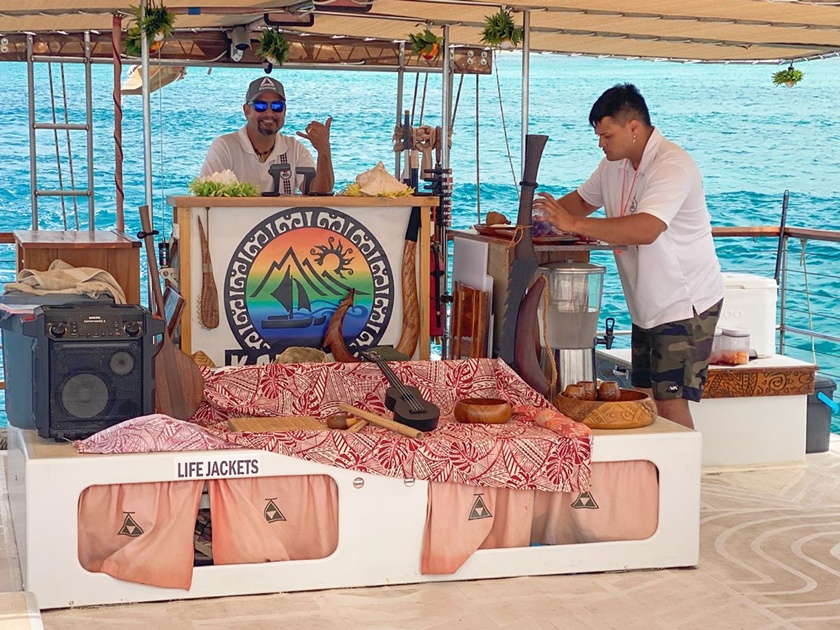
The Meaning Behind the Music
Many songs performed onboard carry deep cultural significance. For instance:
- “Aloha ʻOe”: Composed around 1878 by Queen Liliʻuokalani, this iconic farewell song expresses longing and hope. Its tender melody and lyrics have made it synonymous with parting moments, making it especially poignant during sunset sails or as a closing piece in performances.
- “A Hawaiian Lullaby”: Written in the 1970s by Hector Venegas and Peter Moon, this song reflects gratitude for the beauty of nature and the joy found in one’s surroundings. Venegas composed the lyrics during a challenging period when his daughter was recovering from a severe illness, infusing the song with themes of hope and appreciation.
Experiencing these songs in the open air, with the ocean breeze as your companion, fosters a profound emotional connection to Hawaiʻi’s heritage.
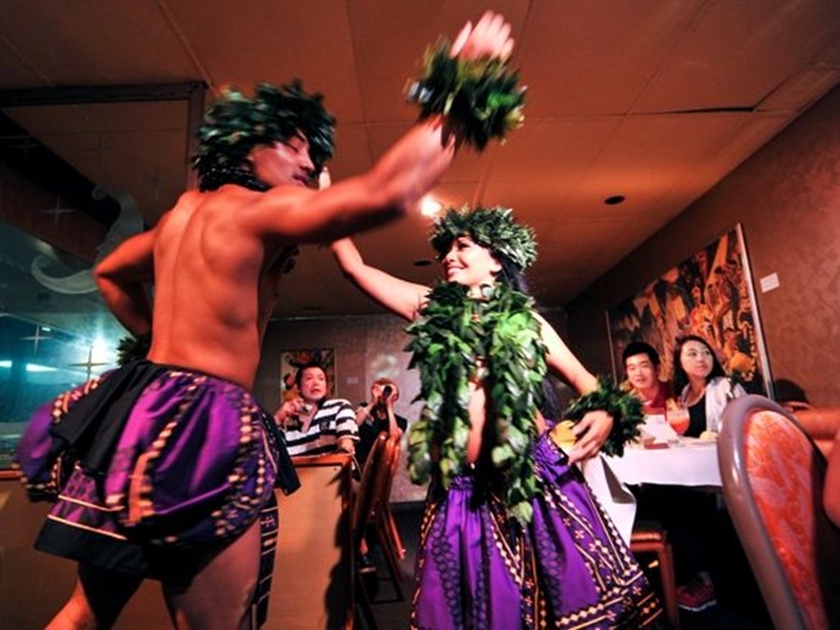
Hula Kahiko (Ancient Hula)
This traditional style is characterized by its vigorous movements and is accompanied by chants and traditional instruments like the pahu (drum) and ipu. Hula Kahiko often portrays stories of Hawaiian gods, legends, and historical events, reflecting the deep spirituality and cultural practices of ancient Hawaii.
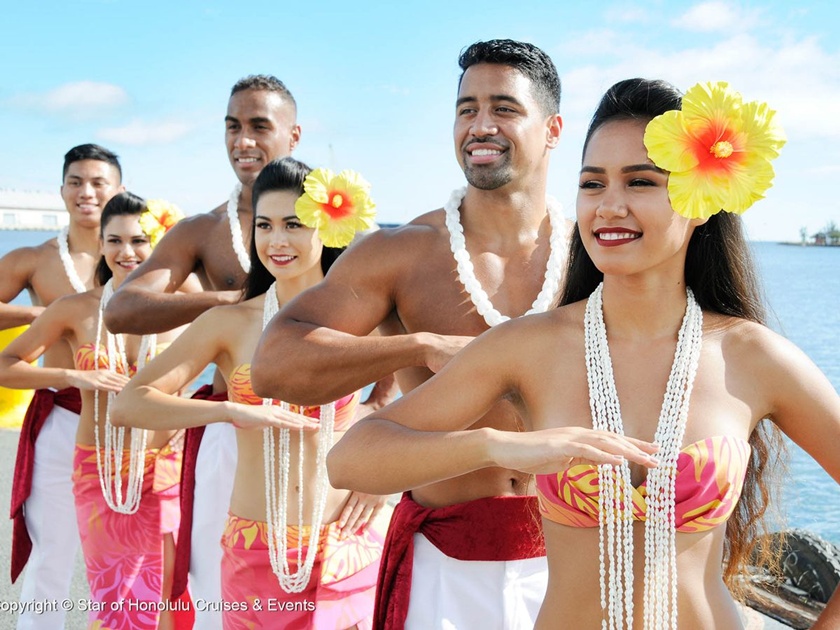
Hula ʻAuana (Modern Hula)
Evolving under Western influence in the 19th and 20th centuries, Hula ʻAuana incorporates melodic songs and Western-influenced musical instruments such as the guitar and ukulele. The dance movements are more fluid and graceful, often depicting themes of love, nature, and contemporary life in Hawaii.
Hula: Dance as Storytelling
Hula is a profound storytelling dance that interprets the lyrics of mele through movement. It exists in two primary forms:
Experiencing Live Performances Onboard
Many cruise lines offer authentic Hawaiian music and hula performances, bringing the islands’ culture directly to passengers:
Live Music Sessions: Talented musicians play traditional instruments, serenading guests with songs that echo Hawaii’s landscapes and stories.
Hula Performances: Dancers, adorned in traditional attire, interpret songs through graceful movements, providing insight into Hawaii’s rich storytelling tradition.
Interactive Workshops: Passengers can immerse themselves further by participating in hula lessons or ukulele classes, gaining hands-on experience in these art forms.
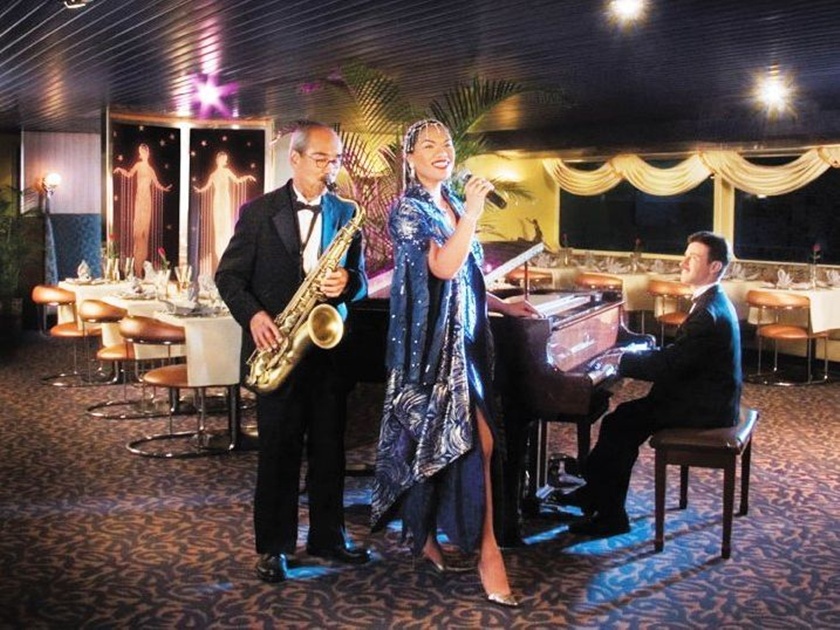
Culture Hits Different When It’s Live
Engaging with traditional Hawaiian music and hula onboard offers a profound connection to the islands’ culture, allowing passengers to experience the stories, emotions, and traditions that have shaped Hawaii. Embracing these performances enriches one’s journey and fosters a lasting appreciation for the rich heritage of the Hawaiian people.

